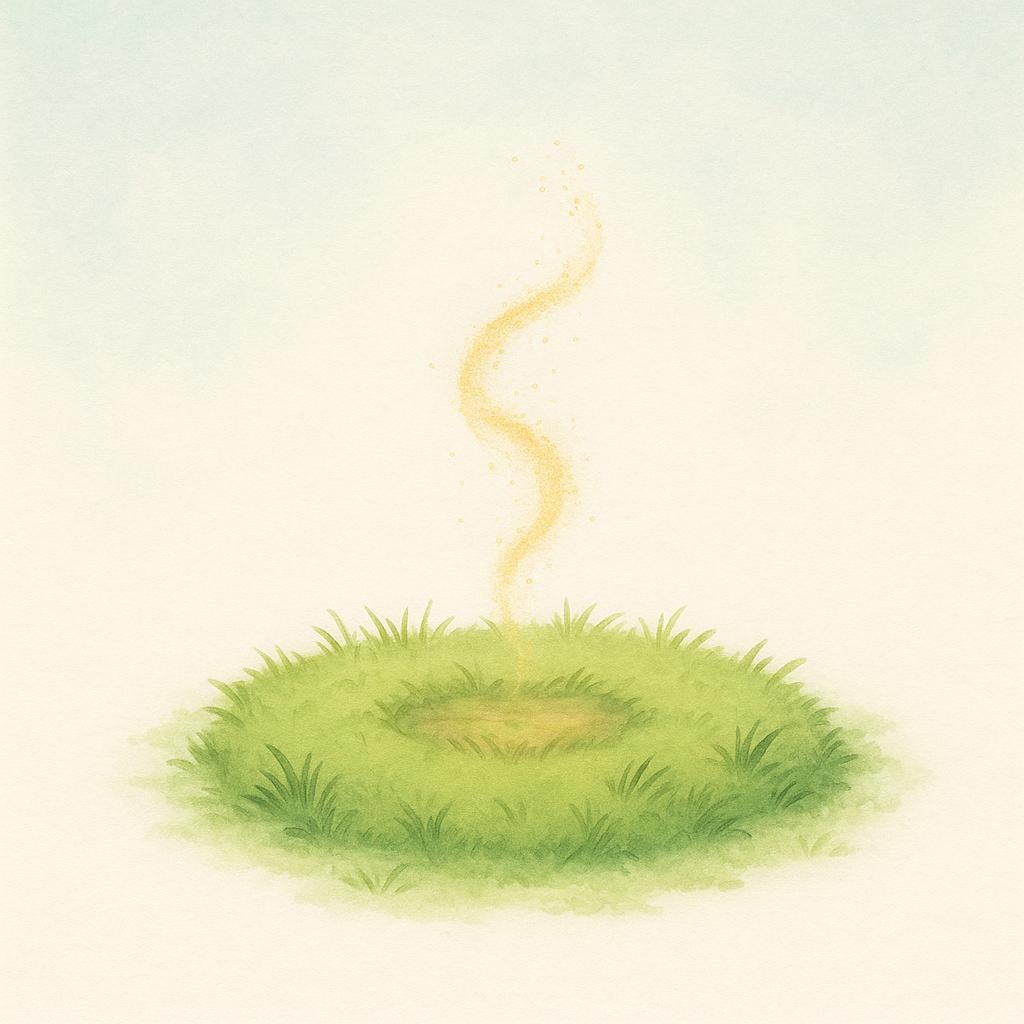
desapareció
deh-sah-pah-reh-see-OH
Quick Reference
📝 In Action
El mago hizo un truco y el pañuelo desapareció.
A2The magician did a trick and the handkerchief disappeared.
Mi billetera desapareció de la mesa hace un momento.
A1My wallet disappeared from the table a moment ago.
¿Viste dónde fue? Simplemente se dio la vuelta y desapareció.
B1Did you see where she went? She simply turned around and vanished.
💡 Grammar Points
What 'desapareció' tells us
This is the simple past tense (preterite). It means the action of vanishing started and finished entirely in the past, usually quite quickly. The focus is on the single completed event.
The C to ZC Change
In the 'yo' form of the present tense ('yo desaparezco') and throughout the subjunctive mood, the 'c' changes to 'zc' to keep the soft 's' sound before 'o' or 'a'. This is just a spelling rule for these kinds of verbs!
❌ Common Pitfalls
Confusing Past Tenses
Mistake: "El objeto desaparecía de repente. (Using imperfect 'desaparecía')"
Correction: El objeto desapareció de repente. (Using preterite 'desapareció'). The preterite is used because the vanishing was a single, sudden, finished action.
⭐ Usage Tips
Using the base verb
Since 'desaparecer' is the base verb, you will hear the related noun 'desaparición' (disappearance) and the adjective 'desaparecido/a' (missing person) often.
🔄 Conjugations
indicative
present
imperfect
preterite
subjunctive
present
imperfect
✏️ Quick Practice
💡 Quick Quiz: desapareció
Question 1 of 1
Which of these sentences correctly uses 'desapareció'?
📚 More Resources
Frequently Asked Questions
If 'desapareció' is the past tense, how do I say 'He was disappearing'?
For an ongoing or descriptive action in the past, you would use the imperfect tense: 'Él desaparecía.' This describes the process, not the sudden finish.